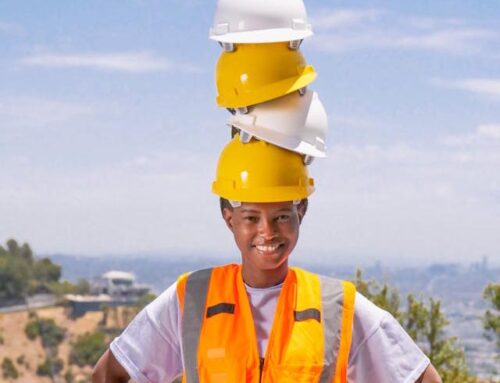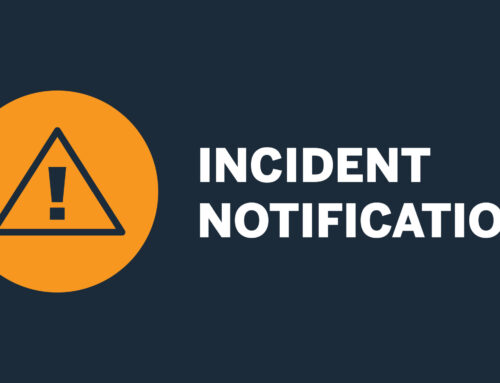The purpose of this information is to inform workers, employers and builders of the risk of operating plant near overhead powerlines.
Tower crane strikes powerlines
An incident occurred in November 2018, where a lifting equipment attached to a tower crane servicing a construction project contacted live overhead powerlines next to the site. This caused the power supply within the local area to automatically shut off. There were no injuries and it appears the crane unintentionally rotated over the powerlines under its own power.
How To Preventing A Similar Incident
Before setting up a crane or other operating plant near overhead powerlines, the PCBU (Person Conducting a Business or Undertaking) should conduct an inspection to check if any of the powerlines may pose a risk. The PCBU must ensure that no-one and no equipment comes within an unsafe distance of an overhead or underground electric line.
If there is not a reasonably safe distance, the PCBU must ensure a risk assessment is conducted for the proposed work and control measures are consistent with the risk assessment and any requirements of the electrical entity responsible for the powerline.
The PCBU should consider:
• Identifying the minimum clearance distance from the closest part of the crane or other operating plant to the power line
• The work environment and the nature of the load to be moved such as dimensions and inadvertent movement during operation
• If the load is being carried above the electric lines, the potential consequences of it falling onto the live powerlines e.g. moving a swimming pool from the street over live powerlines into the yard of a home
• Wind strength and direction and weather conditions
• The possibility of sway and sag of the overhead powerlines (sway of overhead powerlines is usually caused by wind, while sag may vary as temperatures vary)
• Functional behaviour of the crane, load or equipment that could result in inadvertent contact with electric lines
• The possibility of the crane or other equipment becoming live through voltage induced by adjacent electric lines, especially high voltage lines
• How the load is secured and whether any part of the load may inadvertently move during the operation and enter the exclusion zone.
When controlling the risk of inadvertent contact with electric lines, the PCBU should consider:
• Whether the crane is in the configuration specified by the manufacturer or competent person when left to weathervane. (e.g. hook raised, trolley set to the designated position)
• Using alternative plant which doesn’t encroach the exclusion zones of powerlines
• Rerouting the powerlines away from work areas
• Limiting the movement of plant with mechanical stops
• Fitting the plant with programmable zone limiting devices
• Mechanically limiting slew speed of the crane
• Fitting proximity sensors and warning devices
• Using warning signs and approved visual indicators to highlight the location of overhead powerlines and clearly marking exclusion zones
• The competency and effectiveness of the safety observer e.g. line of sight
• A well-rehearsed system of communication between the crane operator, dogger and observer
• Whether everyone involved in the work is aware of their responsibilities
• Stopping work immediately if there is a loss of communication.
Further information
Suncoast Safety specialises in Safe Work Method Statements (SWMS) for all types of Operating Plants.
Friendly Service, Free Quotes and Helpful Advice.
Contact us Today 0429 990 418 or (07) 5493 2961
Serving but limited to the Sunshine Coast, Brisbane, Gold Coast, Ipswich, Gympie, Maryborough, Hervey Bay, Bundaberg, Central Queensland & Far North Queensland






